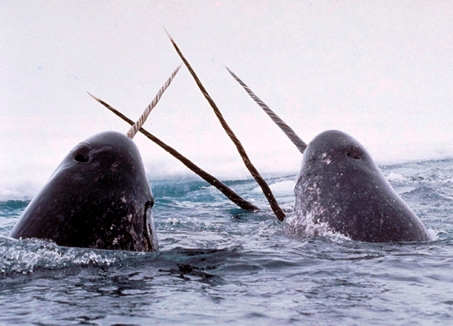Podcast: Play in new window
BOB HIRSHON (host):

Data-gathering animals. I’m Bob Hirshon and this is Science Update.
You might not think of animals as scientists, but when outfitted with satellite transmitters, they can collect invaluable data in places no human scientist dares to go. Dalhousie University physiological ecologist Sara Iverson calls these intrepid field assistants “animal oceanographers”.
SARA IVERSON (Dalhousie University):
Going about their daily routines they encounter environmental variation, and they can compile datasets that we couldn’t feasibly collect using conventional tools, either because of expense or danger.
HIRSHON:
For instance, male northern fur seals carry depth and temperature sensors into the icy waters of the Bering Sea during winter.
IVERSON:
…collecting oceanographic data where we could not get to by ship at that time.
HIRSHON:
And she says narwhals and beluga whales monitor conditions in the Arctic Ocean, while other marine mammals keep tabs on southern seas. I’m Bob Hirshon, for AAAS, the science society.
Story by Susanne Bard
